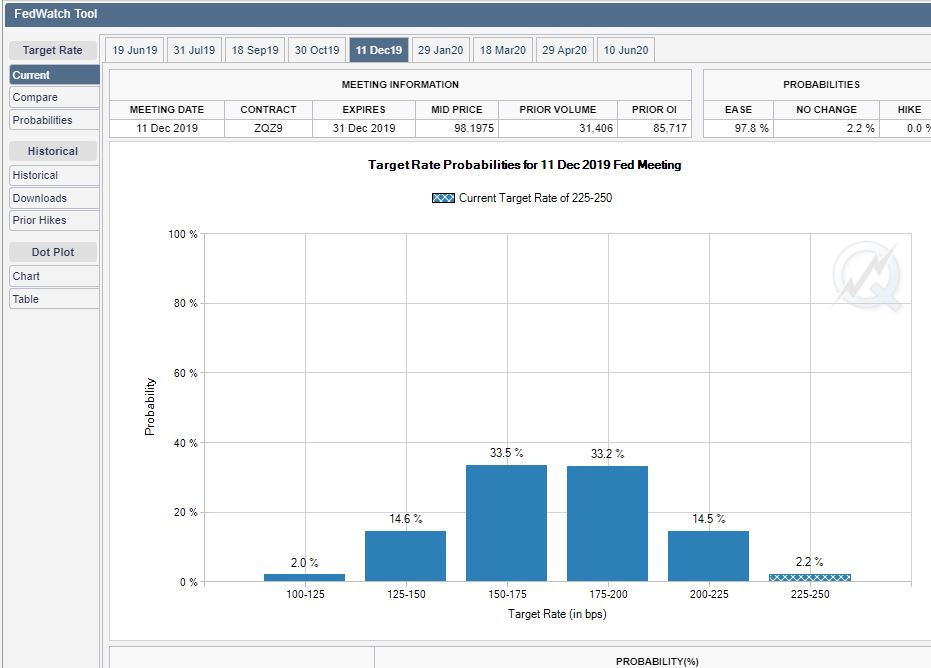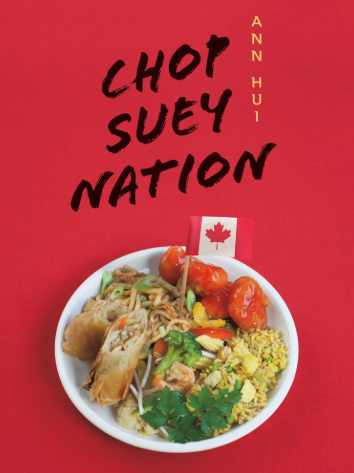
By Michael O’Neill
Did Fed Chair Jerome Powell get “kaPowelled” by President Trump? Wall Street, FX markets, and bond traders think so.
Mr Trump has been harping about the Federal Reserve interest rate policies since July 19, 2018. That’s when he complained to CNBC saying “I’m not thrilled” the central bank is raising borrowing costs and potentially slowing the economy “I don’t like all of this work that we’re putting into the economy, and then I see rates going up.” He continued the next day on Twitter typing “China, the European Union and others have been manipulating their currencies and interest rates lower, while the US is raising rates while the dollars gets stronger and stronger with each passing day – taking away our big competitive edge. As usual, not a level playing field… .The United States should not be penalized because we are doing so well. Tightening now hurts all that we have done. The US should be allowed to recapture what was lost due to illegal currency manipulation and BAD Trade Deals. Debt coming due & we are raising rates – Really?
He continued to gripe about Mr Powell and the Feds monetary policy a couple of times a month from August until the beginning of May. Powell wasn’t listening.
On May 1 the Federal Open Market Committee (FOMC) left interest rates unchanged at 2.25-2.50%, in a unanimous decision. They were upbeat about the economy but flummoxed over low inflation. Mr Powell blamed some of the low inflation woes on transitory effects and sounded positive enough during his press conference that rate cut concerns were pushed further down the road.
Since then, the US and China trade negotiations disintegrated, Middle East tensions rose, US equity indices sank, oil prices tanked, and markets priced in rate cuts. During an interview on June 3, St Louis Fed President James Bullard opined that rate cuts “may be warranted soon.” Even though his dovish bias is well documented, rate cut fever intensified.
Mr Powell may have seen the light on June 4. He told a Chicago forum “I’d like first to say a word about recent developments involving trade negotiations and other matters. We do not know how or when these issues will be resolved. We are closely monitoring the implications of these developments for the U.S. economic outlook and, as always, we will act as appropriate to sustain the expansion, with a strong labor market and inflation near our symmetric 2 percent objective.”
Financial markets and the media believe he signalled a willingness to cut interest rates. Wall Street sure did. The Dow Jones Industrial Average soared 512 points, the US dollar sank and markets priced in two rate cuts by the end of 2019.
The CME Group’s FedWatch tool shows the probability of the Fed funds range at 1.50-1.75% or 1.75-2.00% at around 33.3%.
Chart: CME Fedwatch Tool December probabilities.

Source: CME Group.com
Mr Powell saying the Fed will act appropriately to “sustain the expansion” may be ”Fedspeak” for “Ok, Mr. Trump, you win!”
On April 30 Trump tweeted “China is adding great stimulus to its economy while at the same time keeping interest rates low. Our Federal Reserve has incessantly lifted interest rates, even though inflation is very low, and instituted a very big dose of quantitative tightening. We have the potential to go ….up like a rocket if we did some lowering of rates, like one point, and some quantitative easing. Yes, we are doing very well at 3.2% GDP, but with our wonderfully low inflation, we could be setting major records &, at the same time, make our National Debt start to look small! Two weeks later he tweeted “China will be pumping money into their system and probably reducing interest rates, as always, to make up for the business they are, and will be, losing. If the Federal Reserve ever did a “match,” it would be game over, we win! In any event, China wants a deal.”
Powell’s June 4 comments suggest that the Fed is “tariffied.” President Trump’s liberal use of tariffs as a negotiating tactic resulted in trade concessions from Canada, and Mexico. They opened a dialogue with China and spooked the European Union into reviewing their US trade relationship.
The US dollar sank as traders came to terms with a dovish Fed in rate-cutting mode. USDCAD dropped 1.4% since May 31 with half of those losses occurring on Tuesday. Additional gains may be hard to achieve. President Trump may not be tweeting his wrath about Canadian interest rate policies, but Canada is suffering from his trade war with China.
China is extremely unhappy with US tariffs, describing them as “US trade bullying” and saying it “harms the world.” The tariffs must be working because China adopted those same tactics to use against Canada. China banned imports of Canadian canola, suspended pork permits and on June 5 announced increased inspections of Canadian meat products.
The government of Canada has not responded to this aggression, but the Bank of Canada may be forced to act. Last week, Senior Deputy Governor Carolyn Wilkins told a Calgary audience that if global trade disputes “were to worsen and become long lasting, the outlook would be quite different. Not only would we see weaker economic demand, but the supply side of the economy would also take a hit as companies deal with disruptions to their supply chains. “
They have worsened. Canada is no longer collateral damage, but ground zero for China trade aggression. Also, major central banks are in easing mode. The Reserve Bank of Australia and the Reserve Bank of New Zealand have chopped rates and the European Central Bank is contemplating further easing, as is the Fed.
The Bank of Canada can’t ignore those developments, especially since the domestic economy relies on trade. Bloomberg reported that the odds for a Bank of Canada rate cut in October are over 50%.
USDCAD downside is limited by rising domestic rate cut fears, increased China/Canada trade tensions, and renewed risk aversion sentiment from a prolonged US/China trade war. The downside would be further limited if oil prices continue to fall which may happen if Opec and Russia do not agree to a production cut extension.
President Trump “kapowelled” the Fed chair into his way of thinking while China is making Chop Suey out of Canada.






